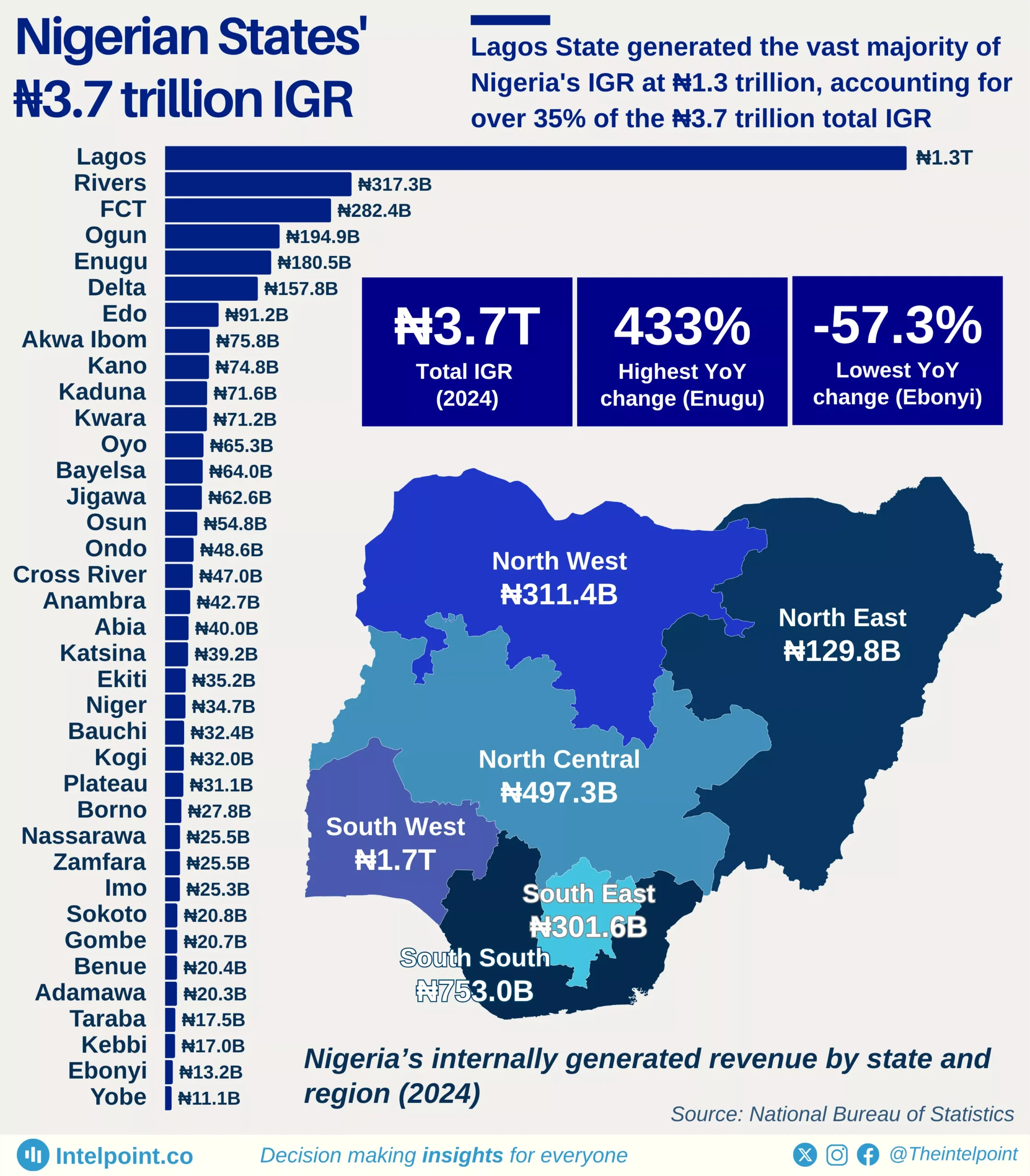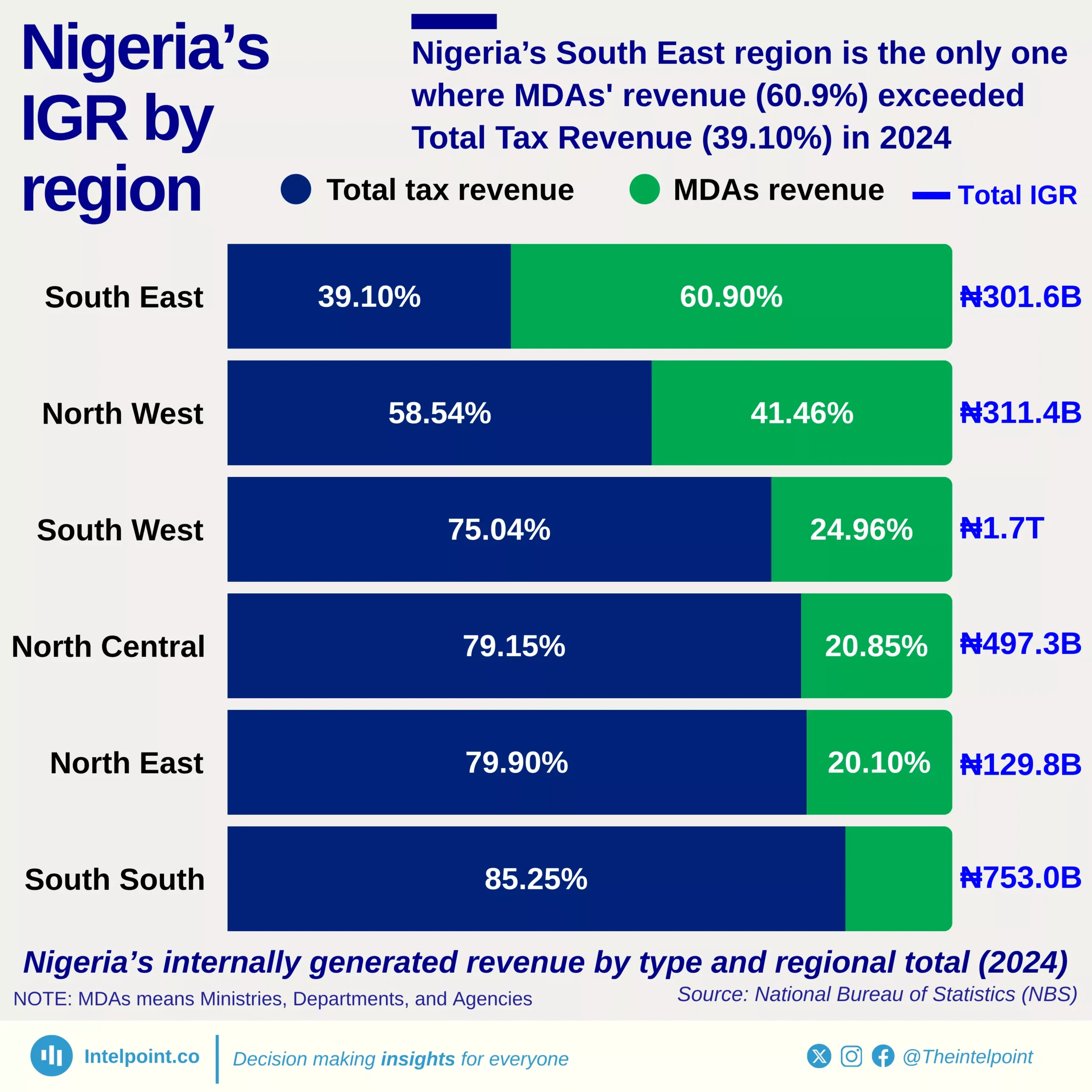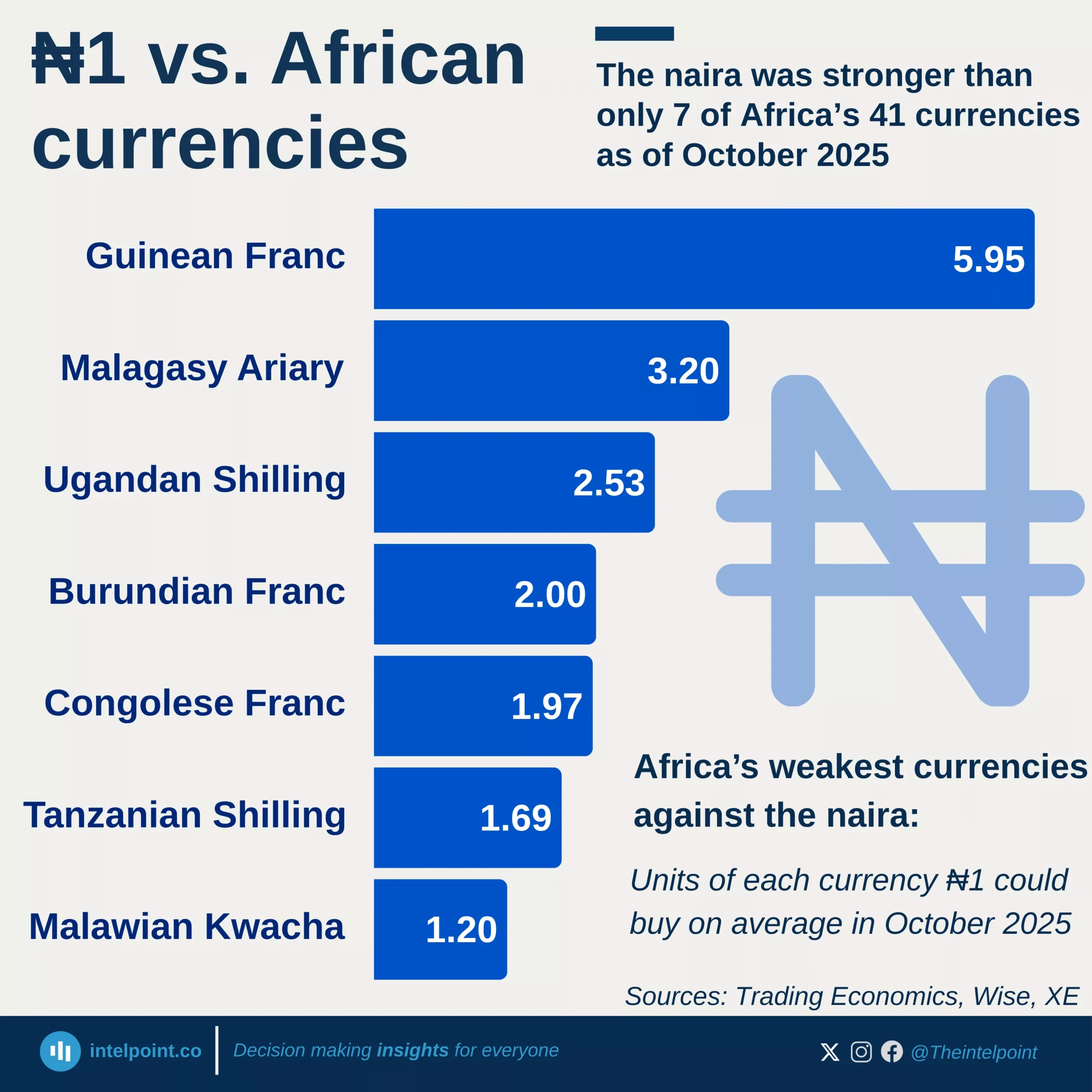Nigeria experienced a significant decline in revenue from exchange rate gains in the first half of 2025, dropping from ₦2.2 trillion in H1 2024 to just ₦589.4 billion—a 73.2% decrease. This collapse was most pronounced in the second quarter of 2025, where year-on-year comparisons showed sharp contractions of 90%, 81%, and 85% in April, May, and June, respectively, while January held steady at ₦402.7 billion.
This means that, in April 2024, Nigeria earned ₦285.5 billion in exchange rate gains. A year later, it earned only ₦28.7 billion. May followed the same pattern, plunging from ₦438.9 billion to ₦81.4 billion. And in June, revenue further collapsed from ₦507.5 billion to ₦76.6 billion.





